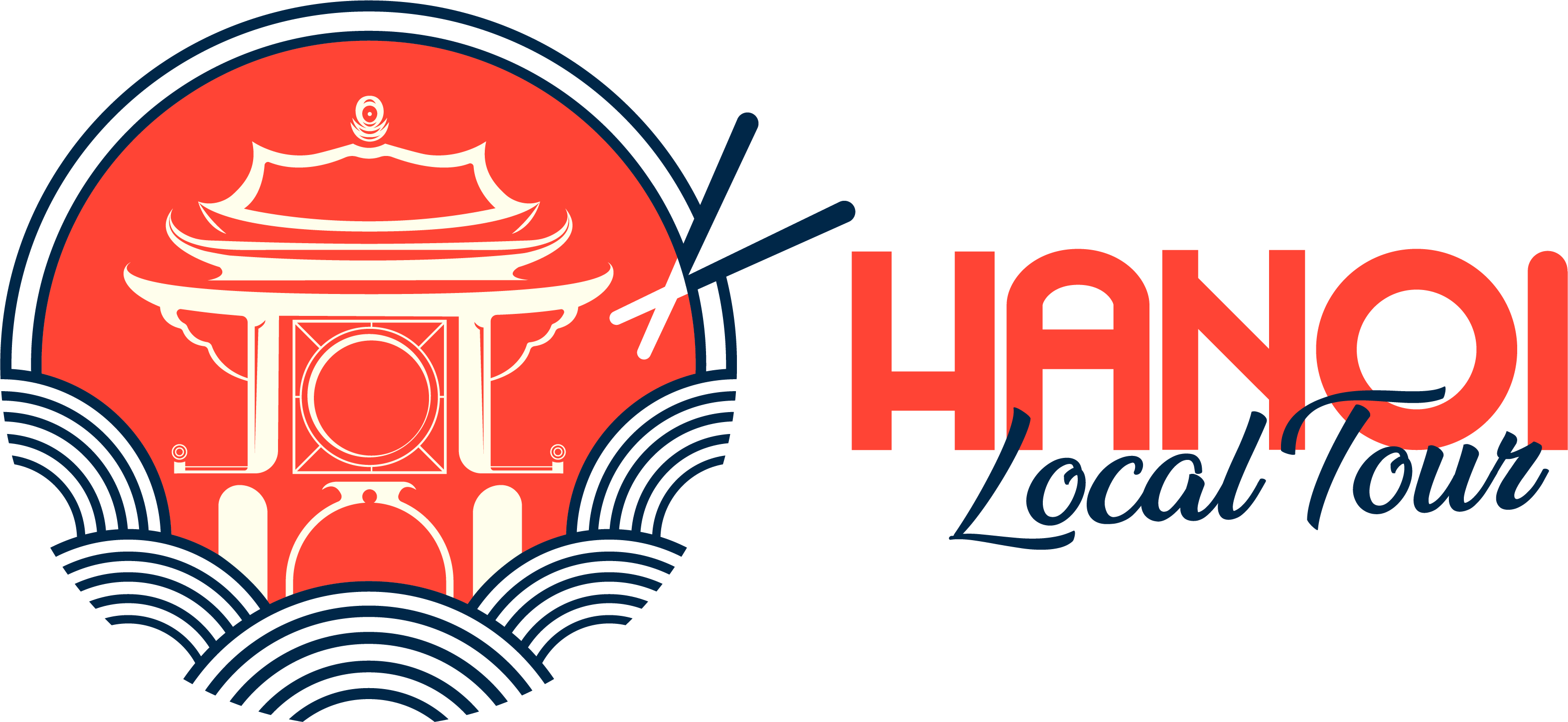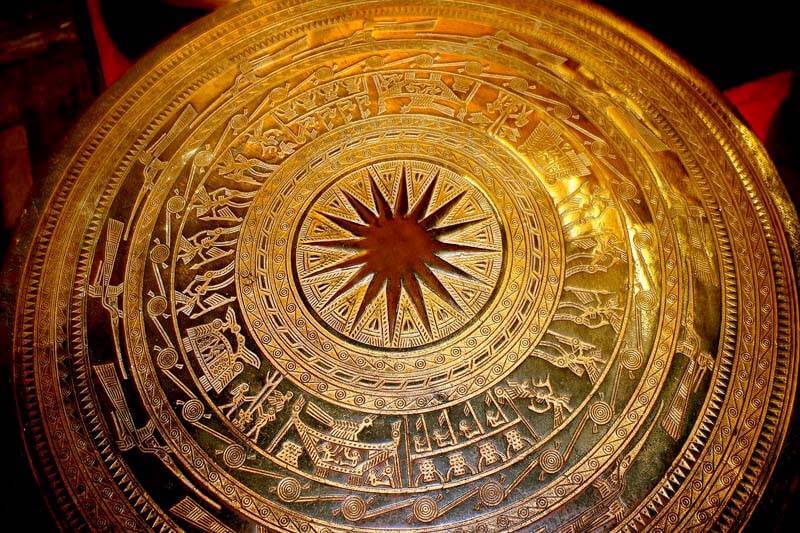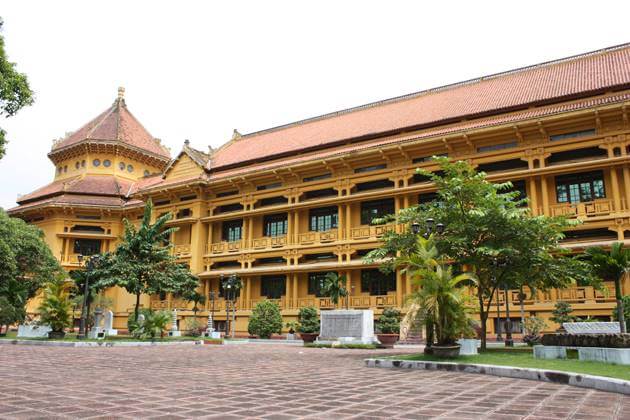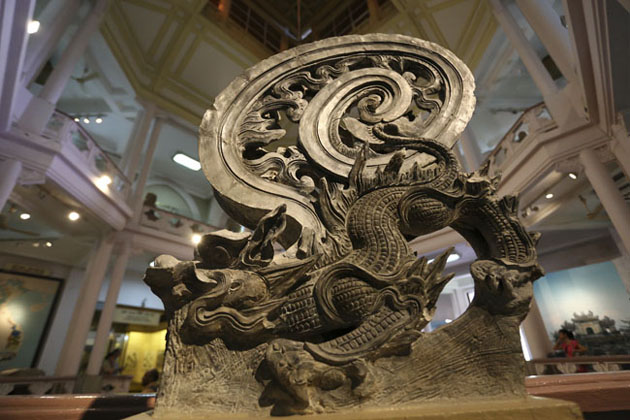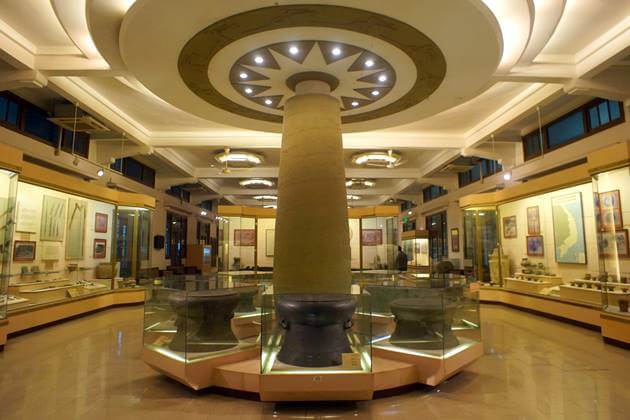No products in the cart.
Hanoi Tourist Attractions - Best Places to Visit in Hanoi
The National Museum of Vietnamese History
Compared to other national museums, the National Museum of Vietnamese History was established a little earlier. On the foundation of materials researched and collected from a museum of the Ecole Française d’Extreme-Orient, the Louis Finot, the Vietnam Government officially put the Vietnam National Museum of History under construction in 1958. With supplement objects and some materials collected from the Louis Finot of which the eastern contents were then changed into Vietnamese ones, the National Museum of Vietnam History was officially opened to the public on 3rd September 1958.
The Main Exhibition System in the National Museum of Vietnamese History
The main exhibition system is considered as a delightful historical book of Vietnamese history which dates back from the prehistory (about 300,000-400,000 years ago) to the Revolution in August 1945. It occupies over 2,200 square meters in area with approximately 7,000 original artifacts sorted chronologically. The language exhibition area displays plentiful objects and materials following historical stages and events.
To meet the increasing demands of tourists and researchers, the Museum is equipped with up-to-date screens which can lavishly illustrate vivid pictures and exact scientific data. Additionally, topical exhibitions are regularly organized to attract visitors.
The Basic Storehouses in the Museum
There are over 100,000 specimens and artifacts are now stored in the basic storehouses where visitors can spot many rare and valuable items, especially the collections of materials belonging to the ancients cultures (Hoa Binh-Bac Son, Dong Son), Vietnamese ancient glazed ceramics, Champa stone sculptures, and bronze objects during the reign of Le and Nguyen Dynasties. Through the year, the basic warehouses have been more and more fully added with various collections from Central Vietnam, Central Highlands, South Vietnam and the old shipwreck near Cu Lao Cham Island. Besides, they are also well arranged and technologically updated to become the best sample for many other Vietnam Museums.
The External Affairs of the National Museum of Vietnamese History
To sustain and enhance the full cooperation with other museums and cultural organizations all over the world the external affairs should be strongly encouraged. The Museum has regularly exchanged professional publications with up to 100 counterparts and also actively take part in international scientific seminars, such as “Socio-cultural development in the context of economic growth in Asia, 1994”, “Preservation of archaeological artifacts, 1996”, “The role of museums in the 21st century, 1997”. The Museum has adopted and carried out plentiful projects including printing the pamphlets on exhibition system (with the Swedish International Development Aids); teaching and researching in universities (with the AUPELF-UREF), funding audio-visual equipment for advocacy and educational activities (through the Japanese cultural aid funds). More than that, the Museum has also dispatched its delegates to visit some museums in China, Singapore, Indonesia, Malaysia, Laos, Brunei Darussalam, and so on.
For nearly 50 years, the remarkable achievements in scientific research and propagation and external affairs as well, the National Museum of Vietnamese History has gained its prestige and status in contributing to the development and integration among various domestic and international museums. Therefore, many noble medals have been awarded to the Museum by the State:
– Third-grade Labor Medal
– First-grade Labor Medal
– Third-grade Independence Medal
– The Government’s Challenge Banner.
Location: No.1 Trang Tien Street, No.216 Tran Quang Khai Street, Hanoi.
Opening Time: Everyday (except the first Monday of every month) from 8.00 am to 17.00 pm
